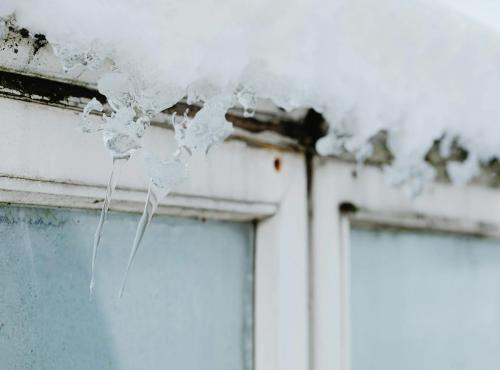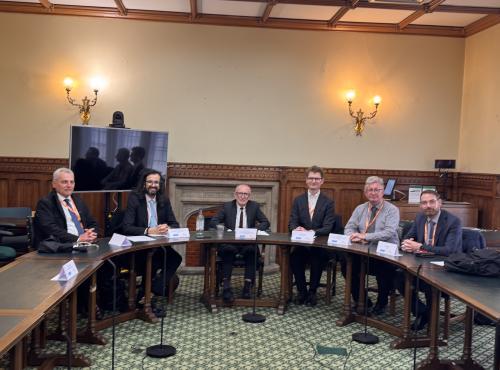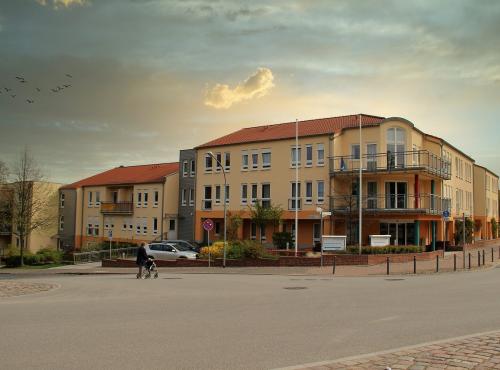Sound the alarm: UK carbon monoxide safety regulations leave lives at risk
The Swanage care home incident is a tragic illustration of the importance of tighter regulation and better data in preventing carbon monoxide poisoning.
Three unexplained deaths overnight. Seven more in hospital.
Last week’s tragic incident in the Gainsborough Care Home in Swanage was made all the more heart-wrenching by its familiarity: deaths shrouded in mystery, with carbon monoxide poisoning the primary line of inquiry but no public confirmation to date (31 October) of the cause of death.
All too often, carbon monoxide exposure is not detected or is misdiagnosed. This deprives families of important certainty regarding loved ones’ illness and passing, and deprives responsible authorities of information on the circumstances of exposure that can help prevent further tragedies from occurring.
Known as the ‘silent killer’, carbon monoxide can’t be seen, smelled or tasted, so preventive measures are essential. Routine ventilation and maintaining fuel appliances reduce the risk of exposure, while alarms provide a vital line of defence against lethal levels of the toxic gas.
The Swanage residents should have been better protected, but this problem is not unique to the care home. Care homes are specifically omitted from UK regulations for the installation of carbon monoxide alarms, while Policy Connect’s recent inquiry and report on the risk of carbon monoxide poisoning in healthcare settings found a pervasive lack of awareness among professionals of how to prevent poisoning and how to react to suspected exposure.
Underpinning these national shortcomings in protective policy and practice is a lack of information. Official figures of deaths and hospitalisations drastically bely the burden of carbon monoxide poisoning; policymakers may as such have been misled to omit at-risk settings such as care homes from regulations, while providers may have prioritised limited hours and resources available for staff training for other issues.
So, with the shroud of incomplete data, how can such incidents be prevented? Even without a confirmation of carbon monoxide poisoning, last week’s tragedies should be a catalyst for more comprehensive regulation – care homes are, after all, often typical dwellings that depend on hazardous fossil fuel appliances for cooking and heating, as most UK homes do.
The case should also serve as a reminder that when evidence of risk is gained, it is already too late. Policymakers should not wait for the next tragedy to highlight where regulations should go next.
Alarms regulations differ across the UK nations, varyingly omitting hazardous appliances, such as gas cookers, and certain types of housing tenure. Bridging regulatory gaps across living spaces can be a simple starting point to prevent such incidents.
Wider regulation of carbon monoxide detection can in turn provide better quality data on which appliances are at greatest risk, in which setting, and to whom, illuminating how healthcare professionals can act to further mitigate risk.
If safety is to improve, the Government must show leadership and close these grave gaps in regulation. Existing legal duties on health and safety at work, and safety standards in care, should not be allowed to fail to protect vulnerable residents again.
The author of this article is Policy Connect's Gaelan Komen.




